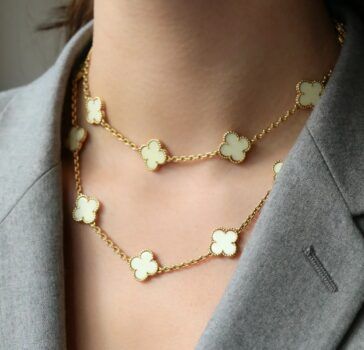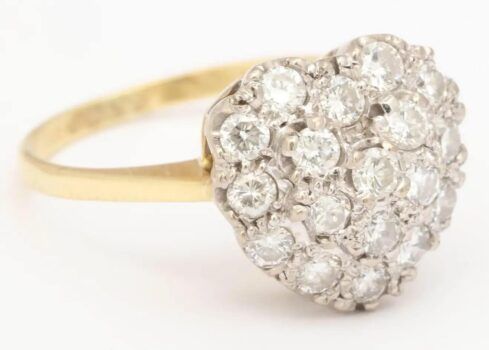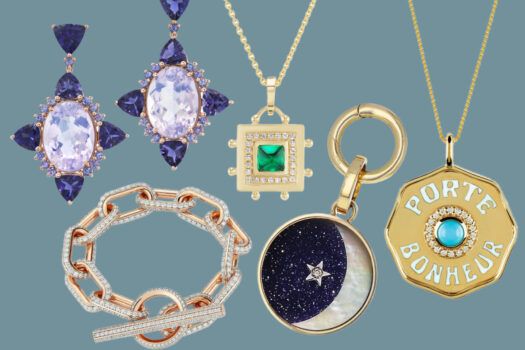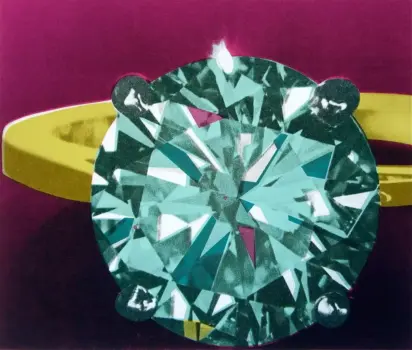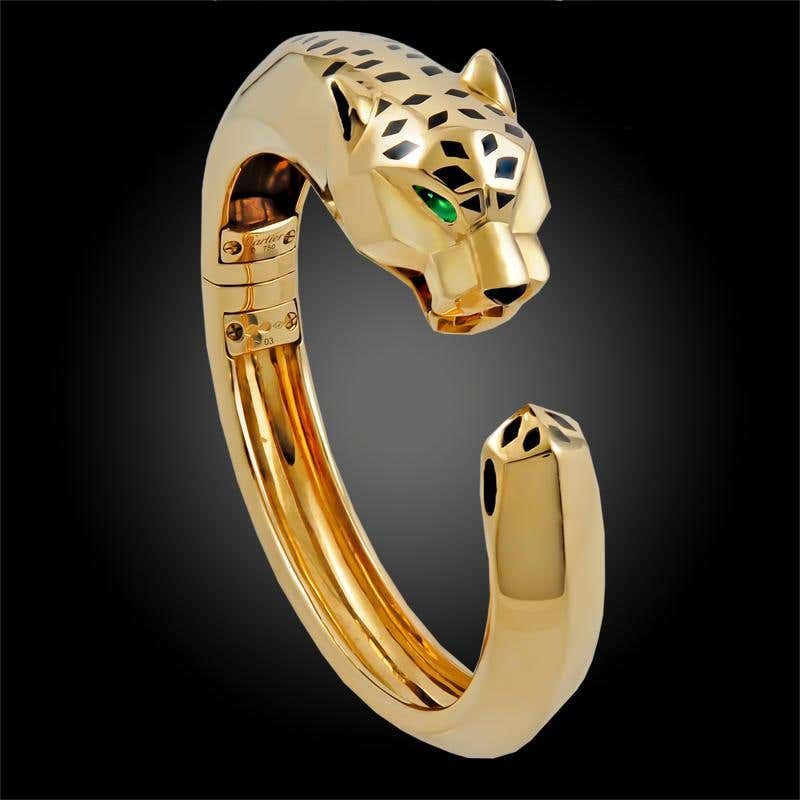
From lions and tigers and bears to butterflies and snakes and turtles, all kinds of animals have been portrayed in fine jewelry over the ages. But the kings of the jewelry jungle are Cartier’s Panthères. For more than a century, the French house has been making jewels inspired by the fabulous feline. Many of the panthers have inhabited famous jewelry collections, from the Duchess of Windsor’s to Jay-Z’s.
The big cat slinked into the jewelry house in 1914, via a George Barbier illustration for an invitation to an exhibition. The image, which was commissioned by Louis Cartier, showed a black panther lying at the feet of a glamorous woman wearing a gown and long strands of pearls.
One might assume that the feline on the invite signaled a new collection of panther jewelry. It didn’t. The image reflected the popularity of panthers in Paris during the period. Panther prints were a stylish element of home decor and women’s fashions. The strong and exotic creature captured the mood in the City of Lights post–World War I, on the eve of the Jazz Age.
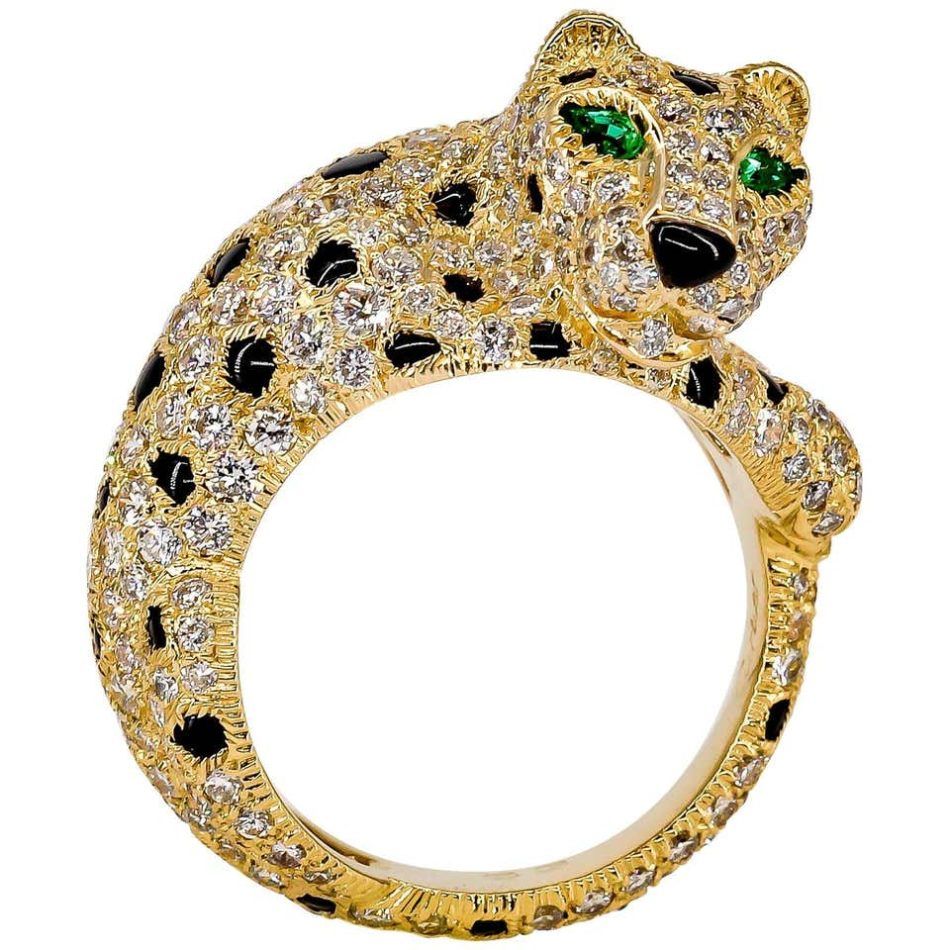
Cartier included panther spots (and only the spots) in diamonds and onyx on at least one women’s watch in 1914 and another in 1915. These creations were conceived by the Cartier designer Charles Jacqueau.
In 1917, the first full-bodied diamond and onyx panther appeared on the cover of a Cartier onyx vanity case, prowling between two diamond cypress trees. The piece is significant because Louis Cartier had it specially made to give to Jeanne Toussaint, whom he had affectionately nicknamed La Panthère.
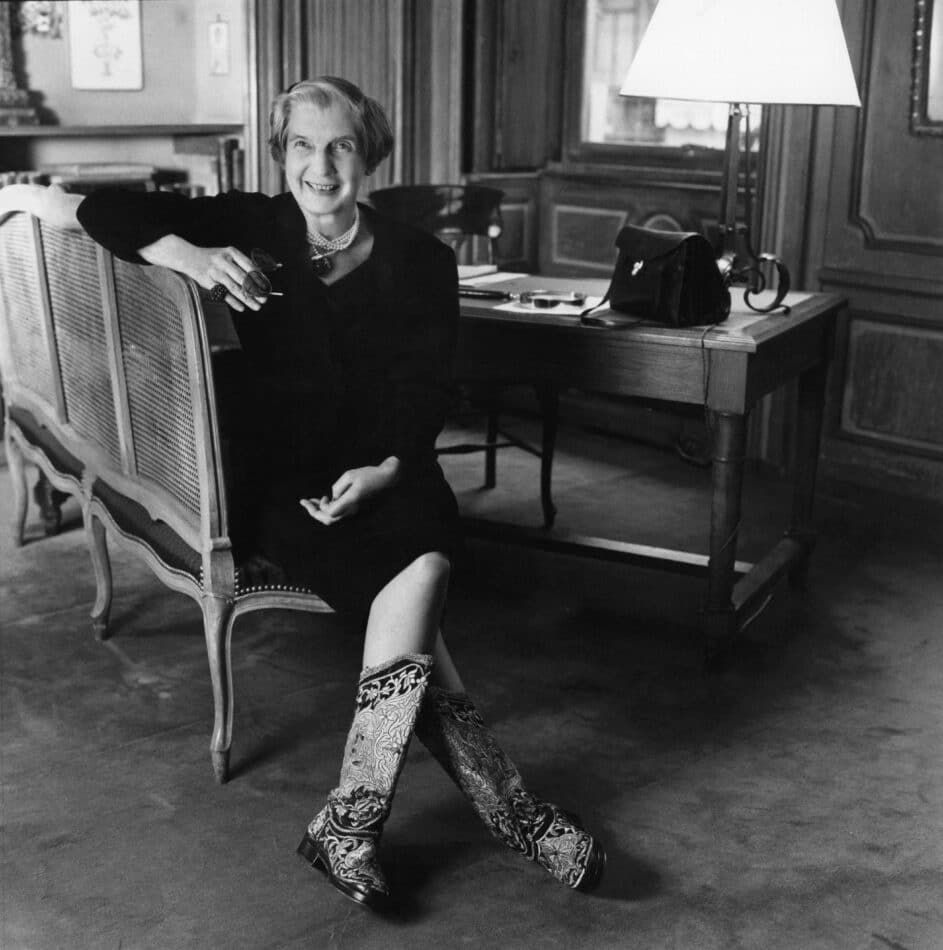
It is widely believed that the married jewelry executive and Toussaint were having an affair, so it’s possible the gift was a romantic one. It also could have been part of Cartier’s campaign to persuade the visionary 30-year-old, who was making handbags at another luxury label, to work for him. Whatever the case, Toussaint joined Cartier in the early 1920s, and panthers played a big part in her legendary career at the firm.
Toussaint worked first in the leather goods department, then ran the silver department. In the mid-1930s, she was made creative director of high jewelry. Among many other achievements, she reimagined the firm’s signature panther motif as a bigger and bolder design.
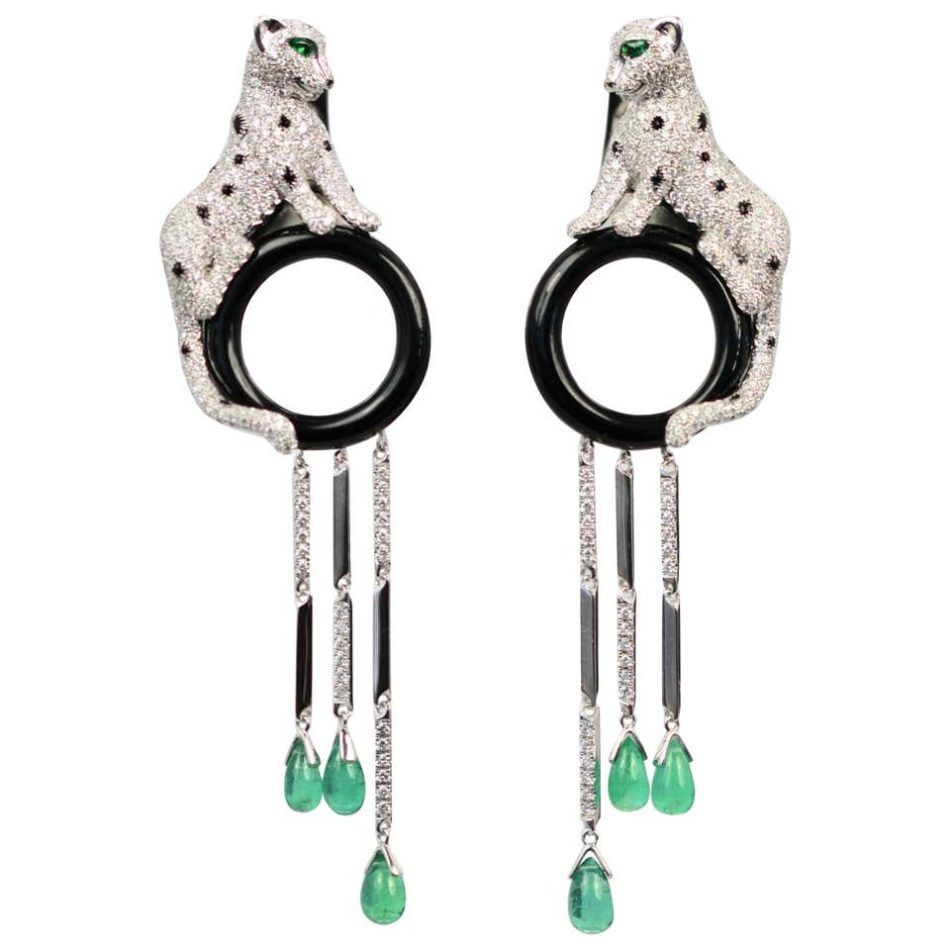
It is worth noting that Louis Cartier had nothing to do with this work. He passed away in 1942 in New York City, where he had relocated to get medical care and escape the war raging in Europe.
The story of the Cartier panther’s early development, when it was still a cub, so to speak, is very confused in many recent articles I have seen about the iconic style. I don’t know why exactly, but I think it has to do with the fact that the panthers are almost exclusively identified with Toussaint today.
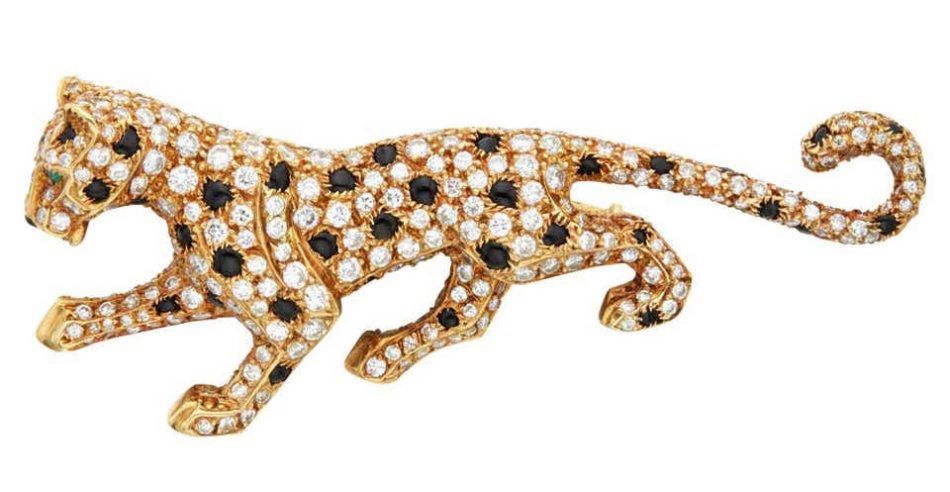
The cat’s major breakthrough came in 1949, with a brooch on which Toussaint worked hand in glove with designer Peter Lemarchand. Composed of a growling diamond panther with sapphire spots seated on top of 152.35-carat cabochon sapphire, it was purchased by the Duke of Windsor for his American wife, the Duchess of Windsor.
Many believe the stylish couple commissioned the jewel. They didn’t. It was part of the Cartier collection. But when the Duchess began to wear it, she certainly helped to popularize the panthers.
After the 1949 jewel, Toussaint and Lemarchand unleashed a wide array of bold and luxurious panther pieces throughout the ’50s. Lemarchand studied panther anatomy at the Paris Zoological Park. He also referred to the naturalist painter and illustrator Mathurin Méheut’s best-selling book Animal Studies.
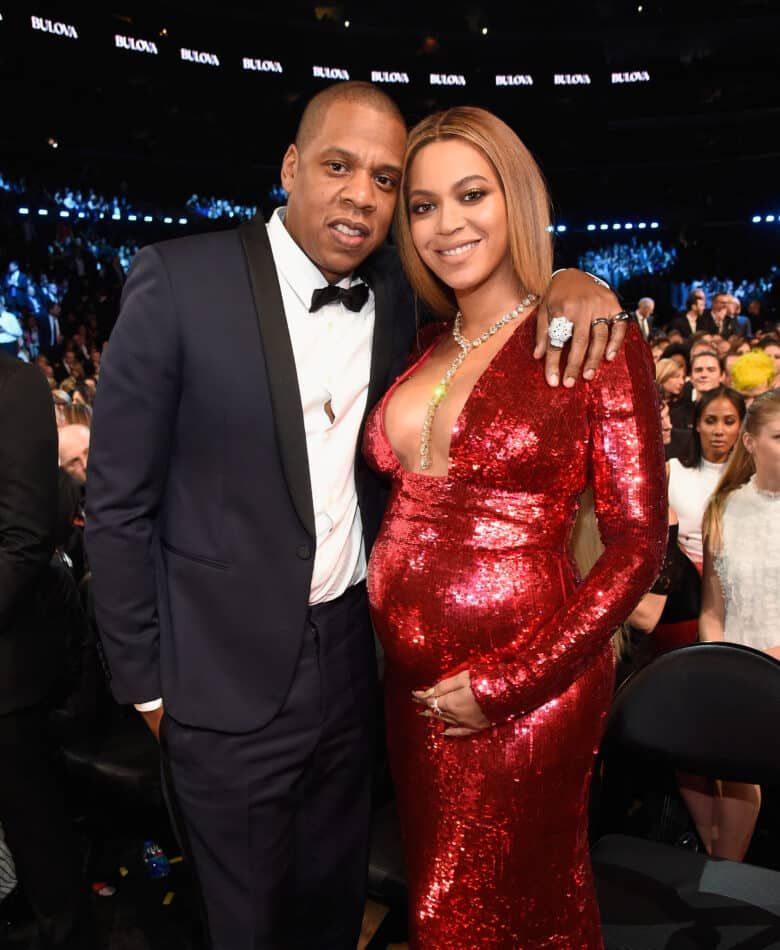
It’s almost certain that Toussaint was inspired by historic animal jewelry designs she saw at one or more of the many museums in Paris (“I live in museums,” Toussaint told Vogue for a profile in 1964). She launched brooches and pendants in which the cat is positioned like the sheep in the Golden Fleece emblem created for the knights of that name in the 15th century. Hinged bracelets composed of one or two panthers recall the silhouettes of ancient Greek lion-head bracelets.
The Cartier cats made under Toussaint’s direction were adopted by countless high-profile collectors during the 1950s and ’60s. The trend continues to this day. Cartier produces a plethora of panther styles every year. All the generations of amazing panther jewels have transformed the creature into one of the most recognizable motifs in the history of jewelry.
Marion Fasel is a jewelry historian and the guest curator of the exhibition “Beautiful Creatures: Jewelry Inspired by the Animal Kingdom,” which is scheduled to open this winter at the American Museum of Natural History.





